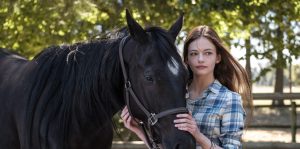
Based upon Anna Sewell’s 1877 novel beloved by many a young girl, Black Beauty remains a classic story though it has morphed a bit through the decades. Over a 70-year period, the book has been adapted into several films. From a classic black-and-white picture with an overbearing violin soundtrack to the latest 21st-century version, available on Disney+, which is what we are here to look at today. However, if you compare all of the Black Beauty movies, you will come across some very interesting differences, especially in this most current rendition.
Beauty is a beautiful, black mustang mare, voiced by Kate Winslet, who projects a mystical allure about the tight-knit family of horses from which Beauty originates. Originally, she was a he—a stallion, and thought to be a thoroughbred, but was really an American quarter horse. In a previous film version, narrator Alan C*****g is the voice of Beauty and tells of a rough life in the English countryside, which eventually ends in green pastures. In the 2020 adaptation, Beauty is a free and spirited wild horse from the American West. Her herd is being rounded up by helicopters and placed in dusty, dry holding pens where the horses are bought for who knows what, and very few are rescued… but Beauty is.
The magnificent horse is brought to Birtwick Farms, a presence in the book and all the movies based on it, by horse whisperer John Manly (Iain Glen). But Beauty is a restless creature, as she is, after all, a mustang. But she soon finds a connection with Jo Green(Mackenzie Foy), John’s niece. Jo has been sent to live with her uncle due to her parent’s fatal accident. Jo is an angry teen who finds solace in Beauty, who wants to bond, turning Jo’s attitude around, and she learns to take care of Beauty and break her for riding.
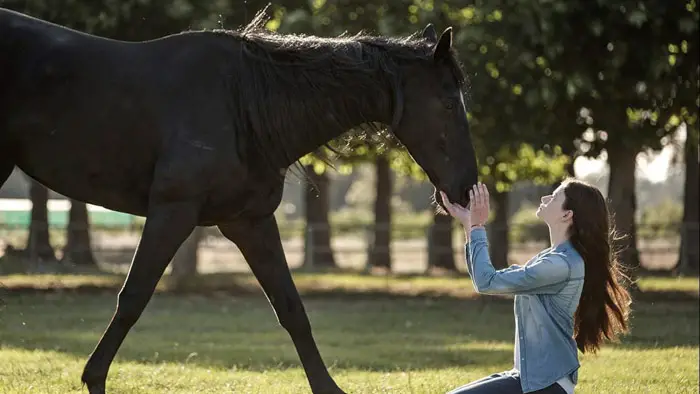
“Jo is an angry teen who finds solace in Beauty…”
Unfortunately, the horse sanctuary suffers a fire and needs to be rebuilt. In order to pay for the rebuilding, Beauty is leased to a wealthy family. Trying to raise the money to buy Beauty back, Jo joins Beauty as a stable hand on the elite horse farm and manor owned by the new leasers, where she befriends the wealthy family’s son. All the while, Beauty is considered subpar because she is a mustang.
We do get a little lost on Jo and Beauty’s whereabouts as they are seemingly somewhere in the Western United States. Then perhaps we wind up in South Africa, England, and Germany—there are lots of accents—but, regardless, the horse sanctuary can’t be saved, scattering everyone to the wind. In past films, Beauty ends up in the circus because of a gambling debt, and a young man, Joe, tries to get Beauty back. But in Disney’s version here, Beauty does some remarkable things. She works in deep mountain forests doing rescue until her ranger retires. Still, she does end up in New York City pulling carriages, similar to past adaptations.
This updated version of Black Beauty is well-done and touches upon some important points about being connected to animals, nature, and learning to care for others. These days, when so many are connected to artificial intelligence, seeing the natural world as having so much meaning to life is perhaps why the tale of Black Beauty remains so popular regardless of the differences in the storytelling. A bond with a horse is built on trust and emotion and is all but impossible to break.
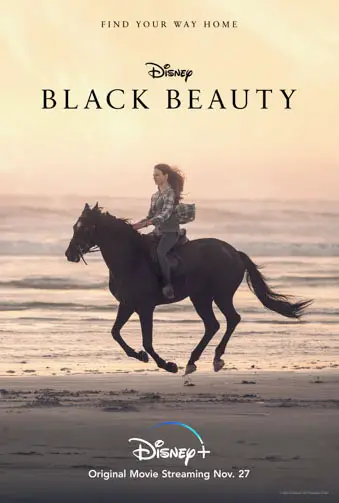
"…touches upon some important points about being connected to animals, nature, and learning to care for others."
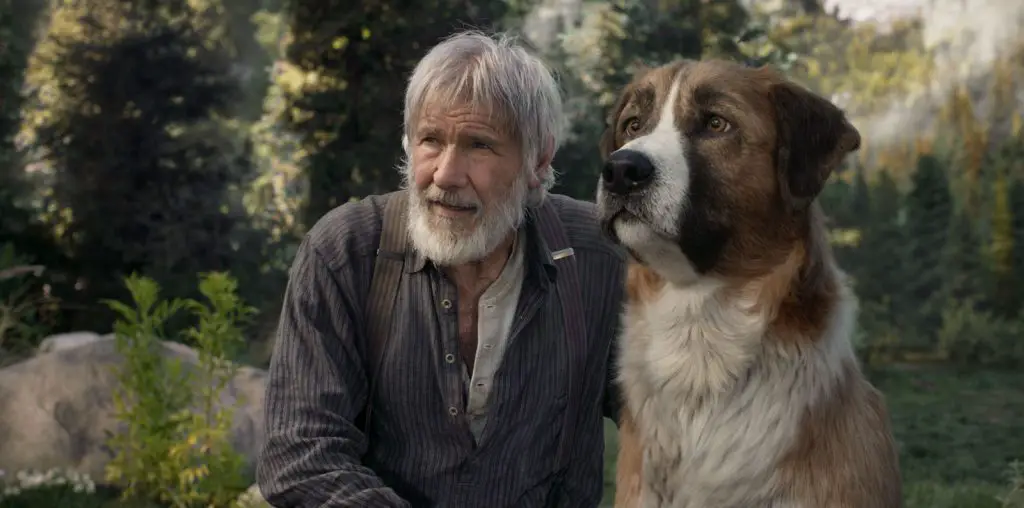
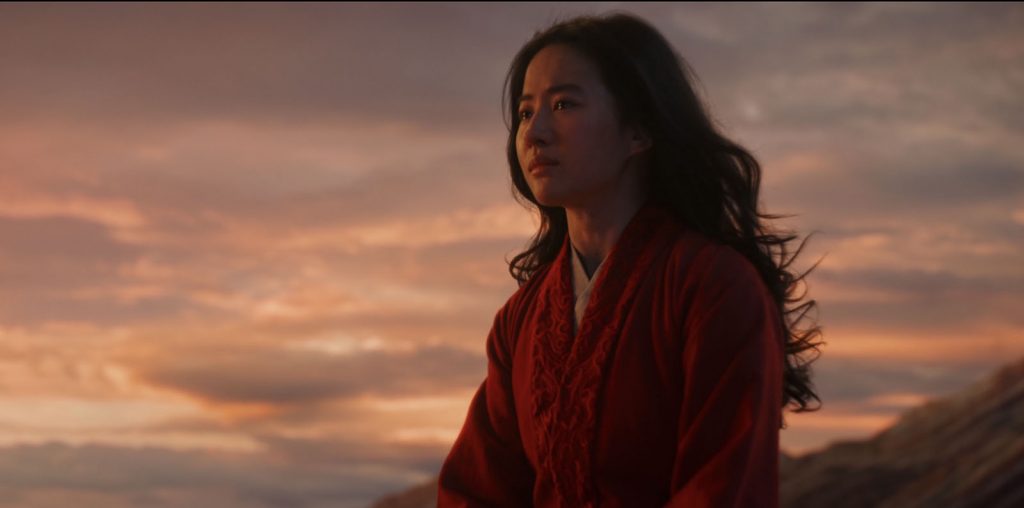
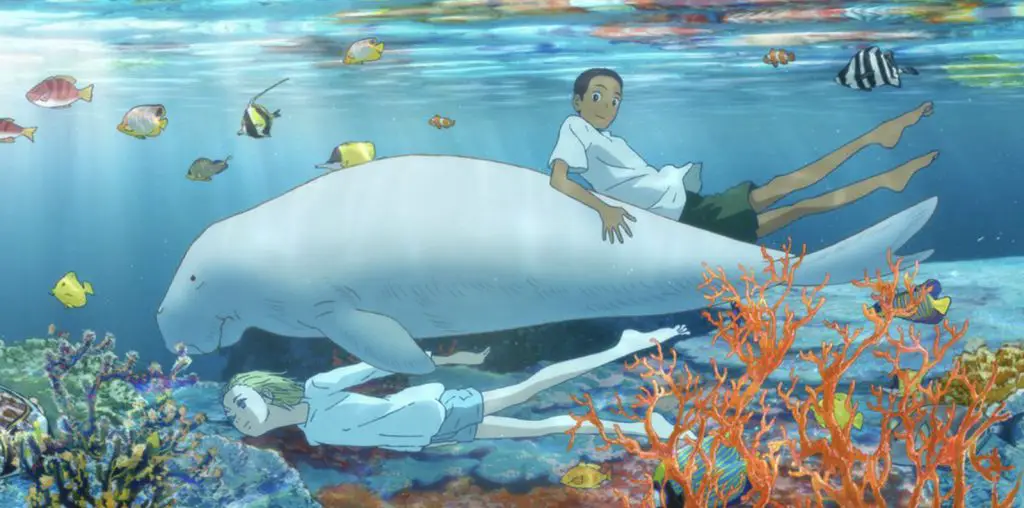
[…] Supply hyperlink […]